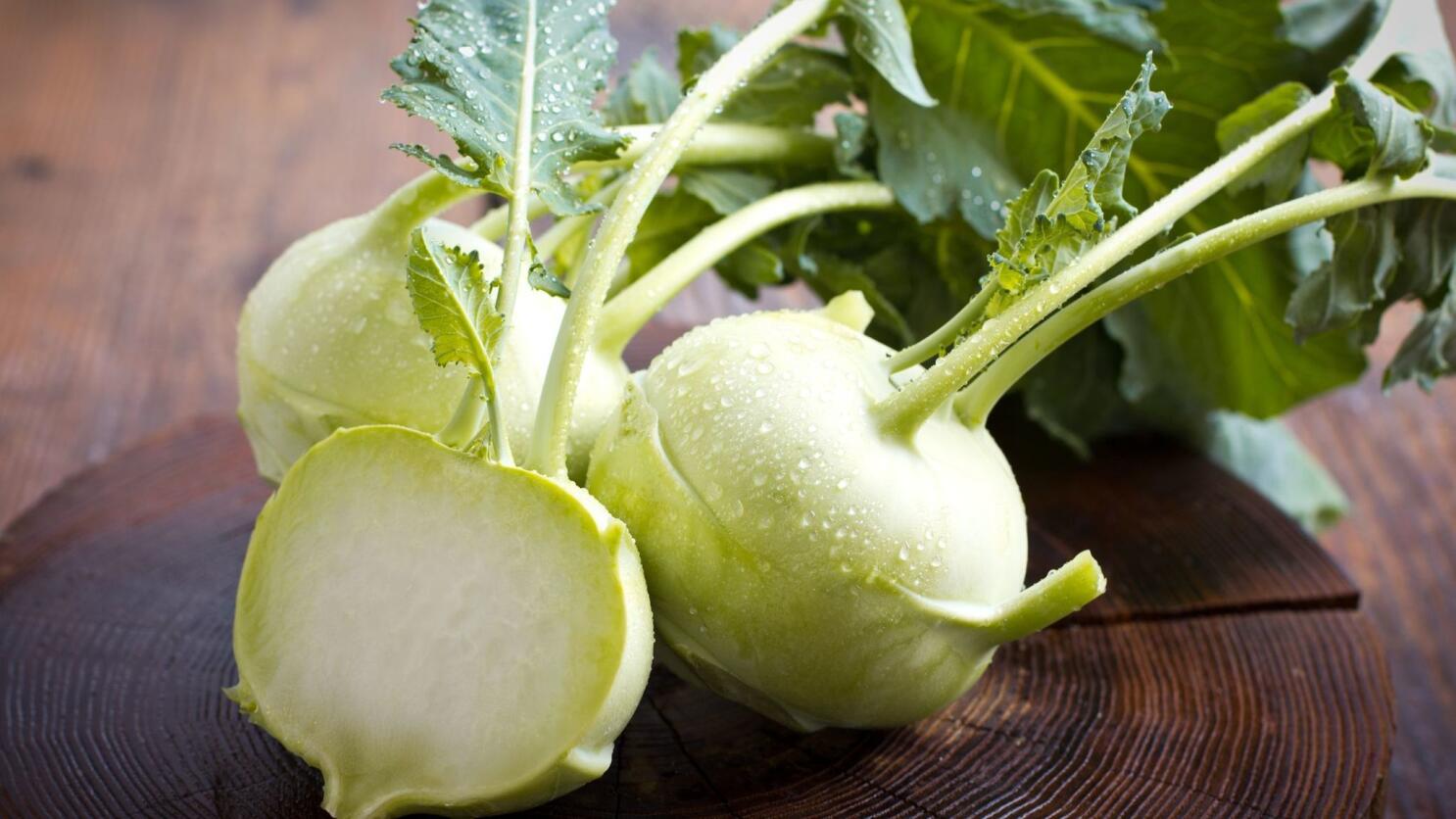

Articles
How To Store Kohlrabi
Modified: December 7, 2023
Learn the best ways to store kohlrabi in this informative articles. Keep your kohlrabi fresh and delicious with our expert tips.
(Many of the links in this article redirect to a specific reviewed product. Your purchase of these products through affiliate links helps to generate commission for Storables.com, at no extra cost. Learn more)
Introduction
Kohlrabi, a type of turnip cabbage, is a nutritious and versatile vegetable that is widely consumed around the world. With its crunchy texture and mild, sweet flavor, kohlrabi is a popular ingredient in salads, slaws, stir-fries, and soups. However, if you find yourself with an abundance of kohlrabi, you may wonder how to store it to prolong its freshness and make the most of this delicious vegetable.
In this article, we will explore the various methods and best practices for storing kohlrabi to ensure it stays fresh and delicious for as long as possible. We will discuss the benefits of storing kohlrabi, how to choose and prepare it for storage, and the proper storage conditions for optimal freshness. Additionally, we will delve into specific techniques for storing kohlrabi in the refrigerator, root cellar, and freezer, along with helpful tips for extending its shelf life.
Whether you are a home gardener with a bountiful kohlrabi harvest or simply want to stock up on this nutritious vegetable from your local market, learning how to store kohlrabi properly will allow you to enjoy its crisp texture and delicate flavor for weeks or even months to come.
Key Takeaways:
- Properly storing kohlrabi preserves its nutrients, reduces waste, and offers culinary flexibility. Follow storage guidelines to enjoy this versatile vegetable for weeks or even months.
- Whether in the refrigerator, root cellar, or freezer, storing kohlrabi with care and attention to detail ensures extended freshness and culinary creativity.
Read more: How To Store Store-Bought Bread
Benefits of Storing Kohlrabi
Storing kohlrabi not only helps to extend its shelf life but also offers several other benefits. Here are a few reasons why you should consider storing kohlrabi:
- Preserves Nutritional Value: Kohlrabi is rich in nutrients such as vitamin C, fiber, potassium, and antioxidants. By storing kohlrabi properly, you can help maintain its nutritional value and enjoy its health benefits even after it has been harvested.
- Convenient Availability: Storing kohlrabi allows you to have a readily available supply of this versatile vegetable. Whether you want to whip up a quick salad or add it to your favorite recipe, having stored kohlrabi on hand makes meal preparation a breeze.
- Reduces Food Waste: By storing kohlrabi properly, you can reduce the risk of wastage. Instead of letting your kohlrabi spoil or go bad, proper storage ensures that you can consume it gradually over a longer period of time, minimizing food waste.
- Cost Effective: Buying kohlrabi in bulk when it’s in season and storing it allows you to take advantage of lower prices. This can be especially beneficial if you love kohlrabi and want to enjoy it throughout the year without paying premium prices during its off-season.
- Flexibility in Meal Planning: Having stored kohlrabi gives you the freedom to plan meals in advance. Whether you’re meal prepping or simply planning your weekly menu, having kohlrabi readily available allows you to incorporate it into a variety of dishes without having to make frequent grocery trips.
- Creative Culinary Experiments: Storing kohlrabi opens up opportunities for culinary experimentation. You can try different cooking methods, such as roasting or steaming, or explore new recipes that showcase this versatile vegetable in various forms. Storing kohlrabi ensures that you always have a supply to exercise your kitchen creativity.
By storing kohlrabi properly, you can enjoy these benefits and make the most of this nutritious and delicious vegetable.
Choosing and Preparing Kohlrabi for Storage
Before storing kohlrabi, it’s important to select the right ones and properly prepare them. Here are some tips to help you choose and prepare kohlrabi for storage:
- Choose Fresh Kohlrabi: Select kohlrabi that is firm, without any soft spots or blemishes. The skin should be smooth and free of cracks or discoloration.
- Harvest at the Right Time: If you’re growing kohlrabi in your garden, harvest them when they reach the appropriate size. For most varieties, this is when the bulb is about 2-3 inches in diameter. Harvesting too early or too late can affect the flavor and texture of the kohlrabi.
- Remove the Tops: Before storing, it’s important to remove the tops (leaves) from the kohlrabi bulbs. The tops can draw moisture and nutrients away from the bulbs, causing them to deteriorate faster. Trim the tops, leaving about an inch of stem attached to the bulb.
- Wash and Dry: Give the kohlrabi bulbs a gentle rinse under cool running water to remove any dirt or debris. Pat them dry with a clean towel or allow them to air dry completely before storing. Excess moisture can promote rotting or mold growth.
- Sort and Discard Damaged Bulbs: Inspect the kohlrabi bulbs for any signs of damage, such as cuts, bruises, or decay. Discard any damaged bulbs as they are more likely to spoil quickly and can compromise the quality of the other stored kohlrabi.
By choosing fresh kohlrabi and properly preparing them, you set the stage for successful storage and ensuring the longevity of your kohlrabi.
Proper Storage Conditions
To maintain the freshness and quality of kohlrabi during storage, it’s essential to provide the right conditions. Here are the proper storage conditions for kohlrabi:
- Temperature: Kohlrabi is a cool-weather vegetable and prefers cold temperatures for storage. The ideal temperature range for storing kohlrabi is between 32°F (0°C) and 40°F (4°C).
- Humidity: Kohlrabi prefers high humidity levels to prevent it from drying out. Aim for a humidity level of around 90-95% during storage. If the air in your storage area is too dry, you can increase humidity by placing a tray or container of water near the kohlrabi.
- Air Circulation: Good air circulation is important to prevent the buildup of moisture around the kohlrabi, which can lead to rotting. Make sure the storage area has adequate ventilation or consider using a storage container or bag that allows for some airflow.
- Light: Kohlrabi prefers to be stored in a dark environment. Exposure to light can cause the kohlrabi to lose its crispness and flavor more quickly. Store kohlrabi in a cool, dark place away from direct sunlight.
- Separation: Kohlrabi should be stored separately from other fruits and vegetables. Certain fruits and vegetables, such as apples and onions, produce ethylene gas, which can speed up the ripening process and cause kohlrabi to deteriorate faster. Keep kohlrabi away from ethylene-producing foods to maintain its freshness.
By providing the proper storage conditions for your kohlrabi, you can ensure that it stays fresh and retains its flavor and texture for an extended period of time.
Storing Kohlrabi in the Refrigerator
The refrigerator is one of the most convenient options for storing kohlrabi, as it helps maintain the crispness and freshness of the vegetable. Here’s how to store kohlrabi in the refrigerator:
- Wrap in Plastic: Place the kohlrabi bulbs individually in plastic bags or wrap them tightly with plastic wrap. This helps to retain moisture and prevent the kohlrabi from drying out.
- Keep in the Crisper Drawer: Store the wrapped kohlrabi bulbs in the crisper drawer of your refrigerator. The crisper drawer provides a slightly higher humidity level, which is ideal for kohlrabi storage.
- Avoid Other Produce: Keep kohlrabi away from other fruits and vegetables in the refrigerator. As mentioned earlier, ethylene-producing foods can accelerate the ripening process and cause the kohlrabi to deteriorate faster.
- Check Regularly: Periodically check the kohlrabi bulbs for any signs of spoilage. Remove any bulbs that have softened, developed mold, or become discolored.
Kohlrabi stored in the refrigerator can typically stay fresh for about 2-3 weeks. Remember to use the older kohlrabi first to ensure you’re enjoying them at their best quality.
Note: If you have harvested kohlrabi with their tops, you can store them separately in a plastic bag in the vegetable compartment of the refrigerator. The tops can be used in salads or cooked like leafy greens.
Store kohlrabi in the refrigerator crisper drawer, unwashed and with the leaves removed. It can last for up to 2 weeks when stored this way.
Read more: How To Store Basil From Grocery Store
Storing Kohlrabi in the Root Cellar
If you have access to a root cellar or a cool, dark, and well-ventilated storage area, it can be an excellent option for storing kohlrabi. Here’s how to store kohlrabi in a root cellar:
- Clean and Trim: Before storing, make sure to clean the kohlrabi bulbs and trim off any excess leaves or roots.
- Prepare Containers: Line crates or baskets with slightly damp newspaper or straw to create a suitable storage environment. This helps to maintain the required humidity levels and provides insulation for the kohlrabi.
- Place in Containers: Arrange the kohlrabi bulbs in a single layer inside the prepared containers. Avoid overcrowding, as it can lead to increased moisture and potential spoilage.
- Check for Rot: Inspect the stored kohlrabi regularly for any signs of rot or spoilage. Remove any bulbs that show signs of deterioration to prevent them from affecting the others.
- Monitor Temperature: Ensure that the temperature in the root cellar remains within the recommended range of 32°F (0°C) to 40°F (4°C). Regularly check and adjust the temperature as needed to maintain optimal storage conditions.
When stored in a root cellar, kohlrabi can stay fresh for several months, allowing you to enjoy this versatile vegetable well into the winter months. Keep in mind that the storage duration may vary depending on the condition of the kohlrabi at the time of storage and the specific storage conditions in your root cellar.
Be sure to maintain good air circulation and periodically inspect the kohlrabi to ensure they are in good condition. Using this traditional method of storage can help preserve the freshness and flavor of kohlrabi for an extended period.
Storing Kohlrabi in the Freezer
If you have a surplus of kohlrabi and want to prolong its shelf life even further, freezing is a great option. Freezing kohlrabi allows you to enjoy its flavors and nutritional benefits long after the harvest season. Here’s how to store kohlrabi in the freezer:
- Prep and Blanch: Start by cleaning the kohlrabi bulbs thoroughly and trimming off the tops and roots. Peel the bulbs and cut them into bite-sized pieces or slice them, depending on your preference. To preserve their color and texture, blanch the kohlrabi pieces in boiling water for 2-3 minutes, then immediately transfer them to an ice bath to cool.
- Pack in Containers: Once the blanched kohlrabi is cool, pat them dry and arrange them in a single layer on a baking sheet. This prevents them from sticking together during freezing. Once frozen, transfer the kohlrabi to airtight containers or freezer bags. Remove as much air as possible before sealing them tightly.
- Label and Date: It’s important to label the containers or bags with the contents and date of freezing. This allows you to keep track of freshness and easily identify them in the freezer.
- Place in the Freezer: Put the containers or bags of kohlrabi in the coldest part of the freezer, such as the back or the bottom shelf. The temperature should be set at 0°F (-18°C) or below for optimal freezing and long-term storage.
- Freeze for up to 12 months: Properly frozen and stored, kohlrabi can last in the freezer for up to 12 months. However, for the best quality, it’s recommended to consume them within 6-8 months.
When you’re ready to use the frozen kohlrabi, simply thaw them in the refrigerator overnight or blanch them quickly in boiling water before incorporating them into your desired recipes. Freezing kohlrabi is a convenient way to enjoy this nutritious vegetable all year round.
Note: While the texture of frozen and thawed kohlrabi may be slightly softer compared to fresh, it is still suitable for soups, stews, stir-fries, and other cooked dishes.
Tips for Extending the Shelf Life of Kohlrabi
To maximize the shelf life of kohlrabi and ensure its freshness and quality, consider the following tips:
- Handle with Care: Kohlrabi can bruise easily, so handle them gently when harvesting, transporting, and storing. Avoid dropping or mishandling the bulbs to prevent damage that can lead to spoilage.
- Store Unwashed: Avoid washing the kohlrabi bulbs until you are ready to use them. Excess moisture can promote decay and mold growth. Keeping them unwashed and dry helps to prolong their freshness.
- Remove Tops: As mentioned earlier, remove the tops (leaves) from the kohlrabi bulbs before storing. The tops draw moisture away from the bulbs, causing them to deteriorate faster. You can store the tops separately in the refrigerator if you plan to use them.
- Rotate Stock: If you have multiple bulbs of kohlrabi, it’s a good idea to rotate the stock. Use the older bulbs first before utilizing the fresher ones. This helps to avoid wastage and ensures you enjoy the kohlrabi at their peak quality.
- Check and Remove Spoiled Bulbs: Regularly inspect the stored kohlrabi for any signs of spoilage, such as soft spots, mold, or discoloration. Remove any spoiled bulbs promptly to avoid them affecting the rest of the batch.
- Utilize Preservation Methods: If you find yourself with an abundance of kohlrabi, consider preserving them through canning, pickling, or fermenting. These methods can further extend the shelf life and allow you to enjoy kohlrabi in different forms throughout the year.
- Proper Storage Containers: Use appropriate containers for storing kohlrabi, like plastic bags, airtight containers, or freezer-safe bags, depending on the storage method. Ensure the containers are clean and dry before storing the kohlrabi.
- Regularly Maintain Storage Conditions: Whether storing in the refrigerator, root cellar, or freezer, check and maintain the recommended temperature, humidity, and ventilation levels. Monitor the storage area regularly to ensure it remains suitable for kohlrabi storage.
By following these tips, you can significantly extend the shelf life of kohlrabi and reduce waste, allowing you to enjoy this nutritious vegetable for an extended period.
Conclusion
Kohlrabi, with its crunchy texture and delicate flavor, is a nutritious vegetable that can be enjoyed in a variety of culinary creations. Learning how to store kohlrabi properly is key to preserving its freshness and extending its shelf life. Whether you have a harvest from your garden or purchase kohlrabi from the market, following the right storage techniques ensures that you can enjoy this versatile vegetable for weeks or even months to come.
In this article, we explored various methods for storing kohlrabi, including refrigeration, root cellaring, and freezing. We discussed the benefits of proper kohlrabi storage, such as preserving its nutritional value, reducing food waste, and offering convenience in meal planning. We also provided tips on choosing and preparing kohlrabi for storage, as well as maintaining the optimal storage conditions to ensure its freshness and quality.
Whether you decide to store kohlrabi in the refrigerator, root cellar, or freezer, following the recommended guidelines and storage techniques is crucial. Always handle kohlrabi with care, remove the tops before storage, and regularly check for any signs of spoilage. By doing so, you can make the most of your kohlrabi harvest or stockpile, and enjoy its delicious flavor and nutritional benefits for an extended period.
So, the next time you find yourself with an abundance of kohlrabi, remember these storage methods and tips to keep your supply fresh and ready for culinary experiments.
Frequently Asked Questions about How To Store Kohlrabi
Was this page helpful?
At Storables.com, we guarantee accurate and reliable information. Our content, validated by Expert Board Contributors, is crafted following stringent Editorial Policies. We're committed to providing you with well-researched, expert-backed insights for all your informational needs.

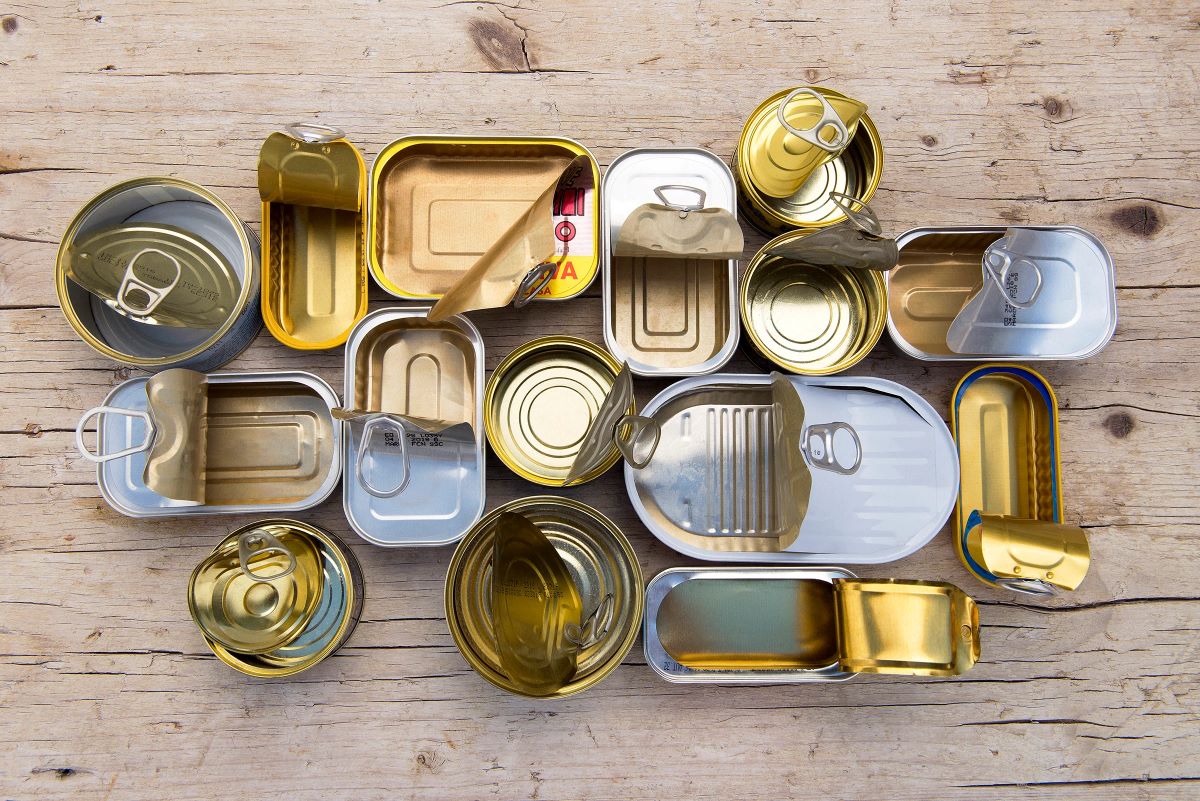

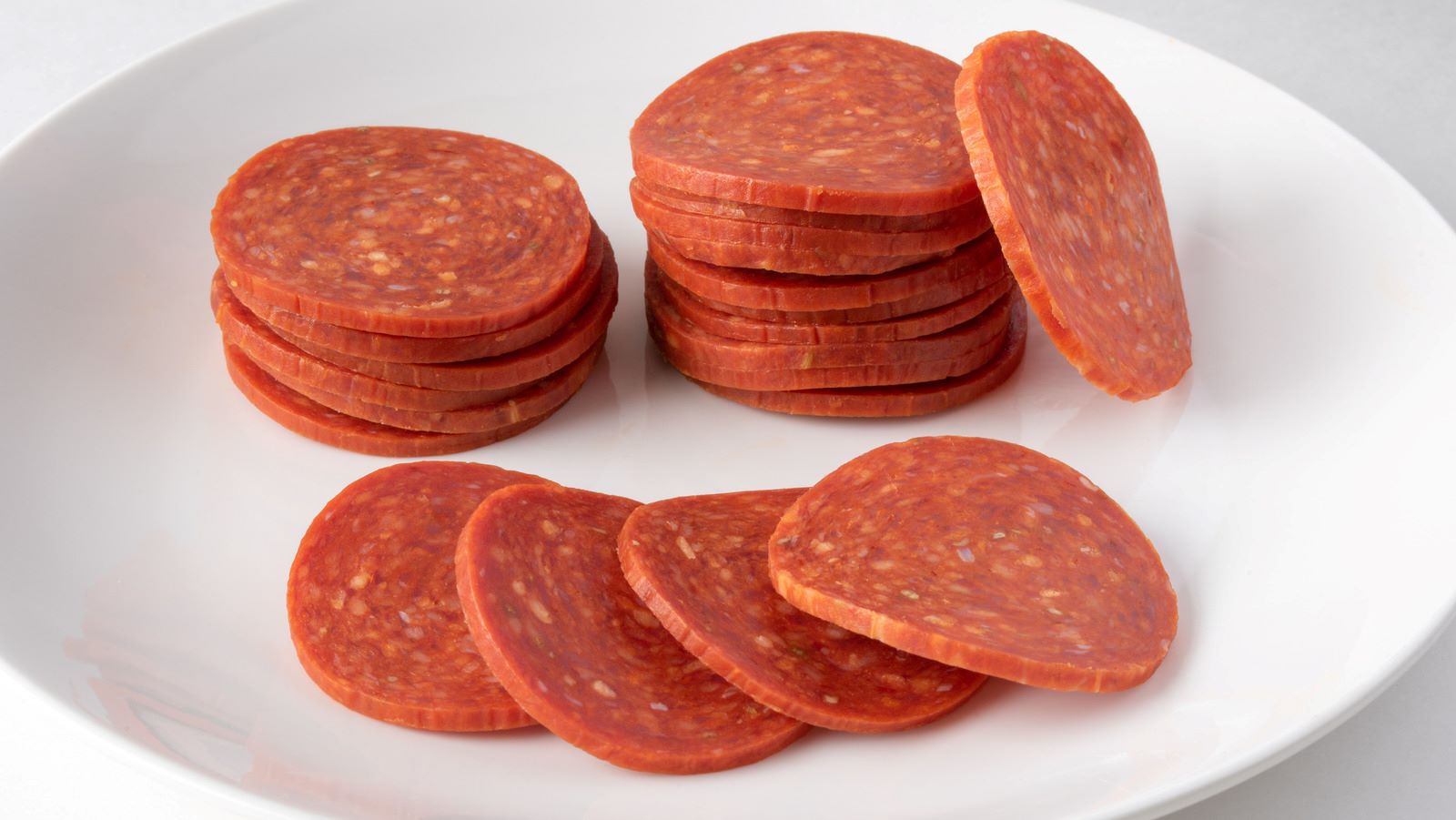

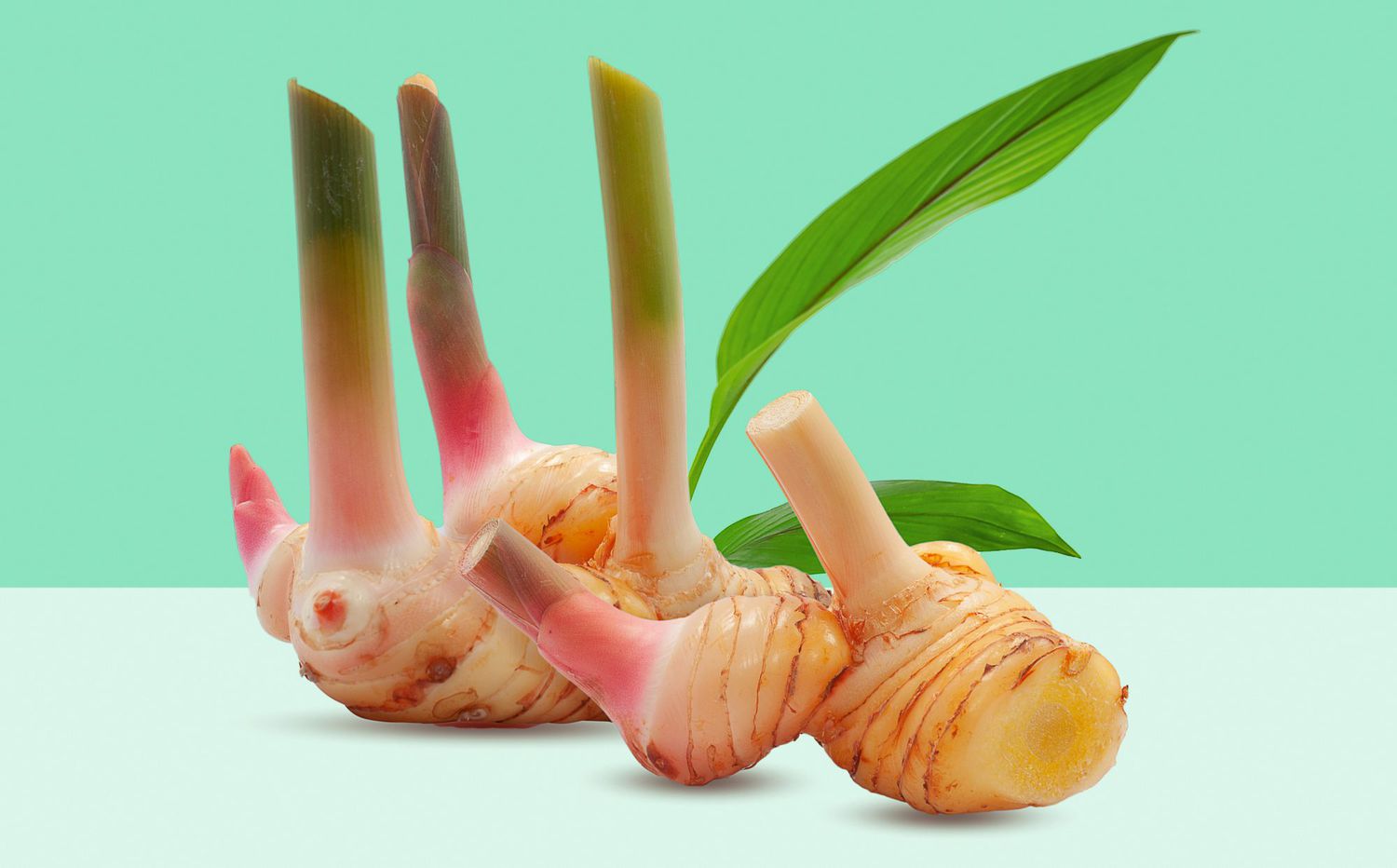
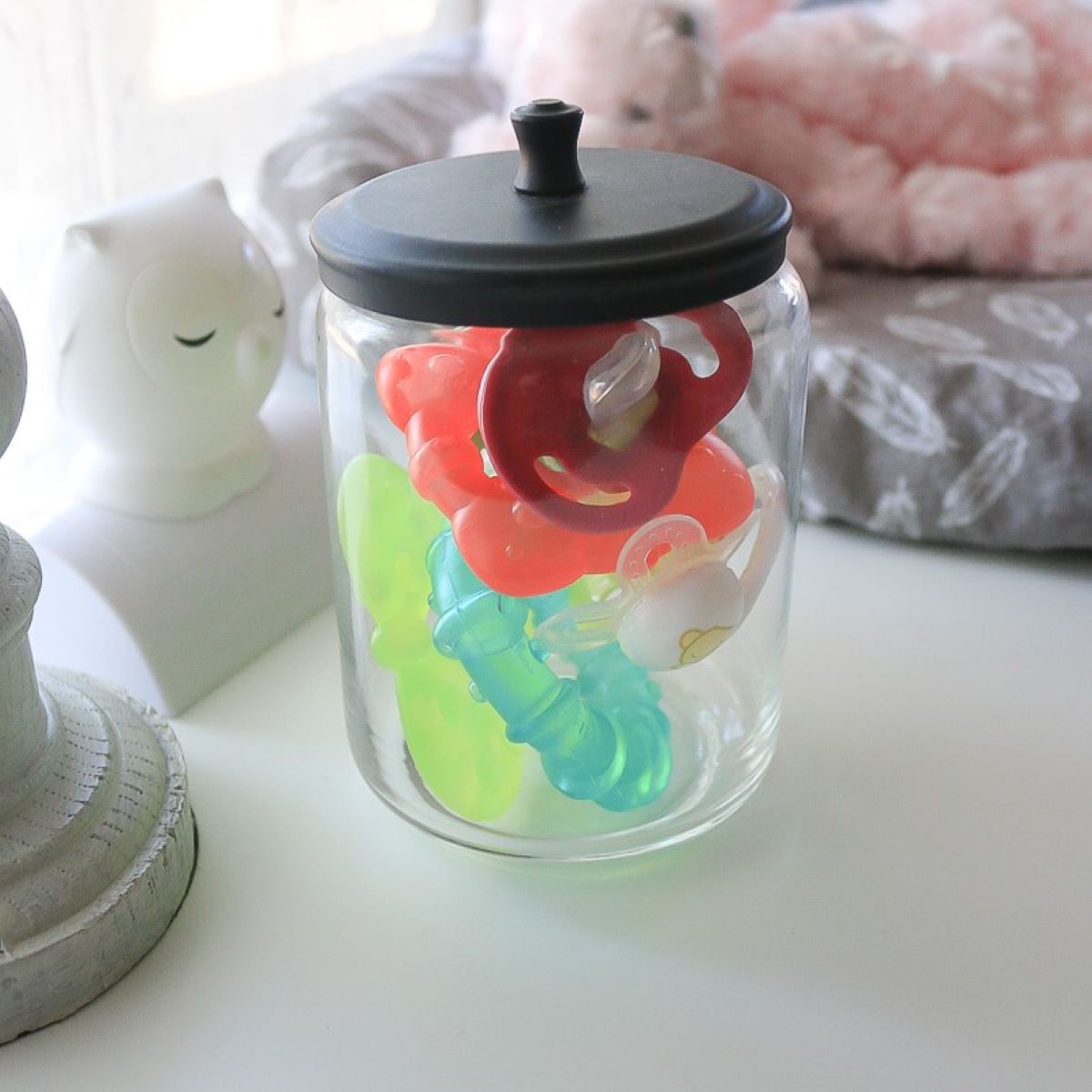

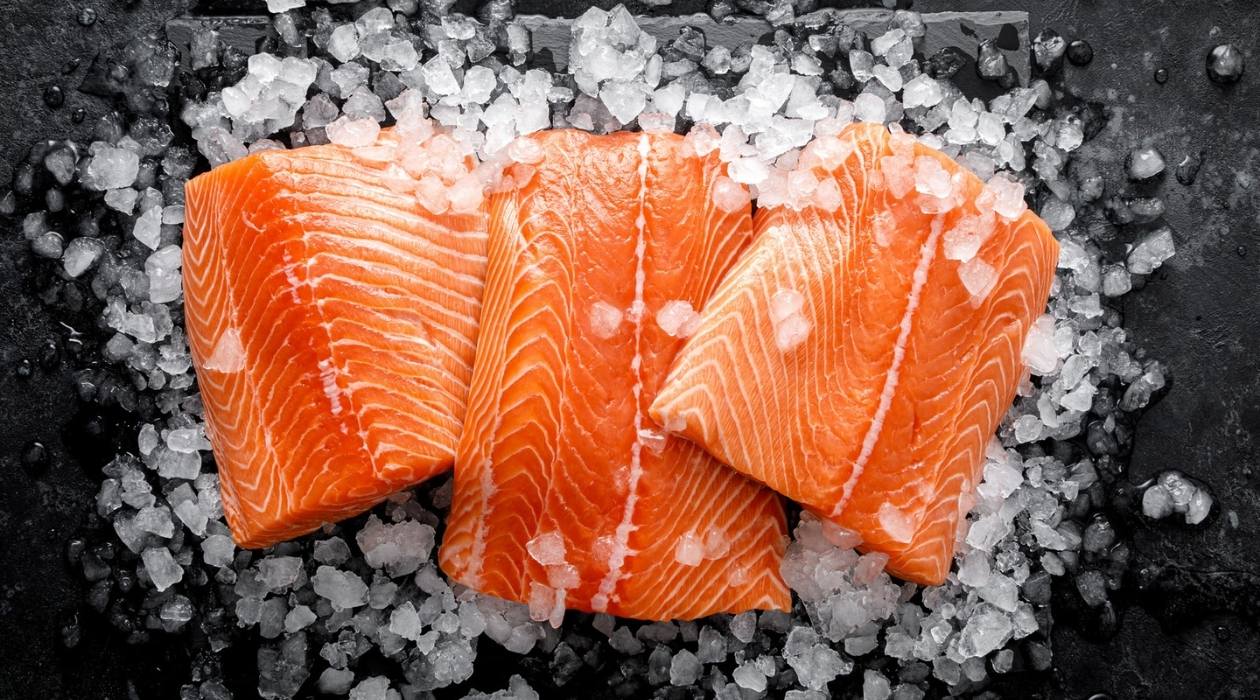

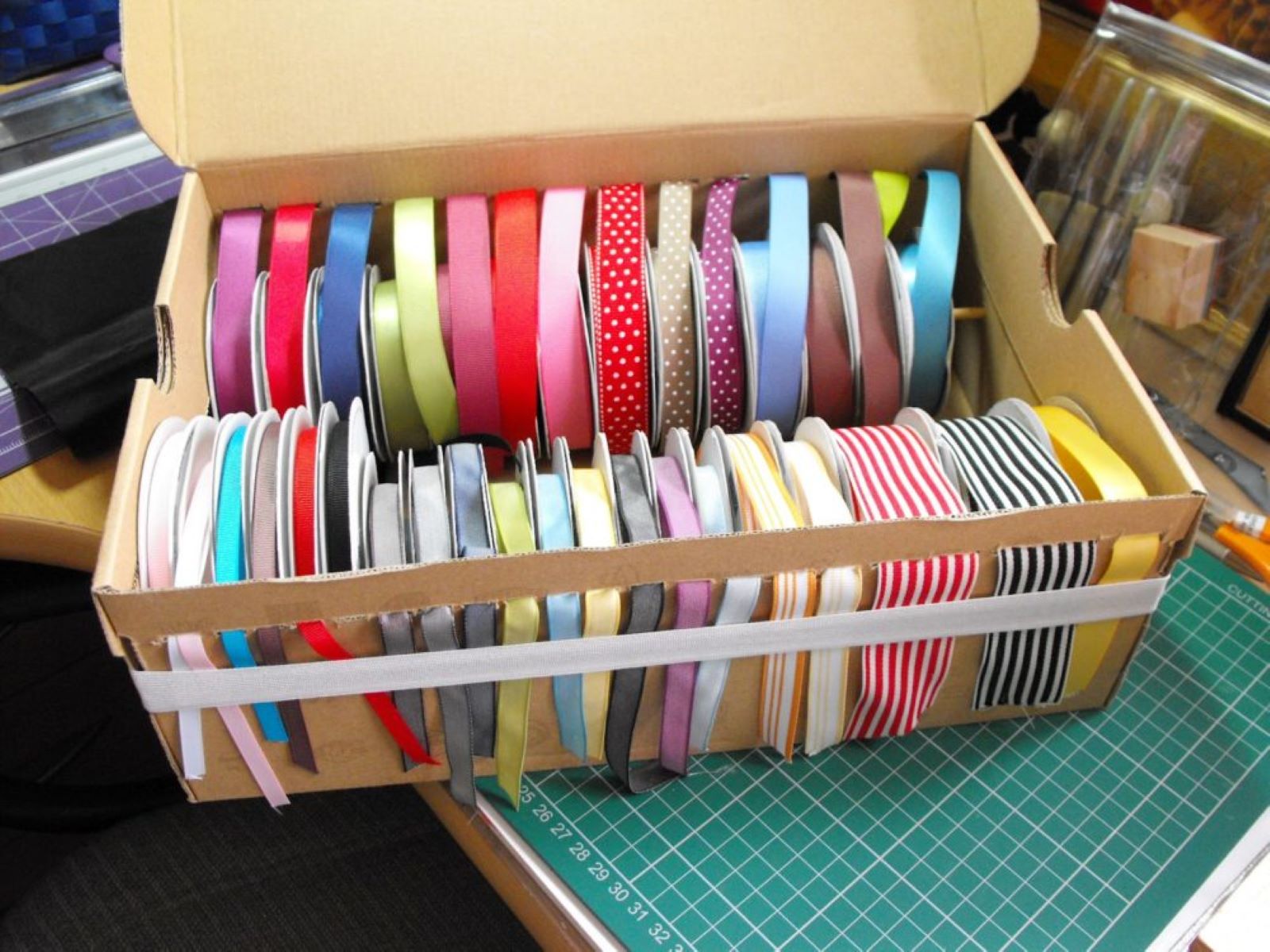

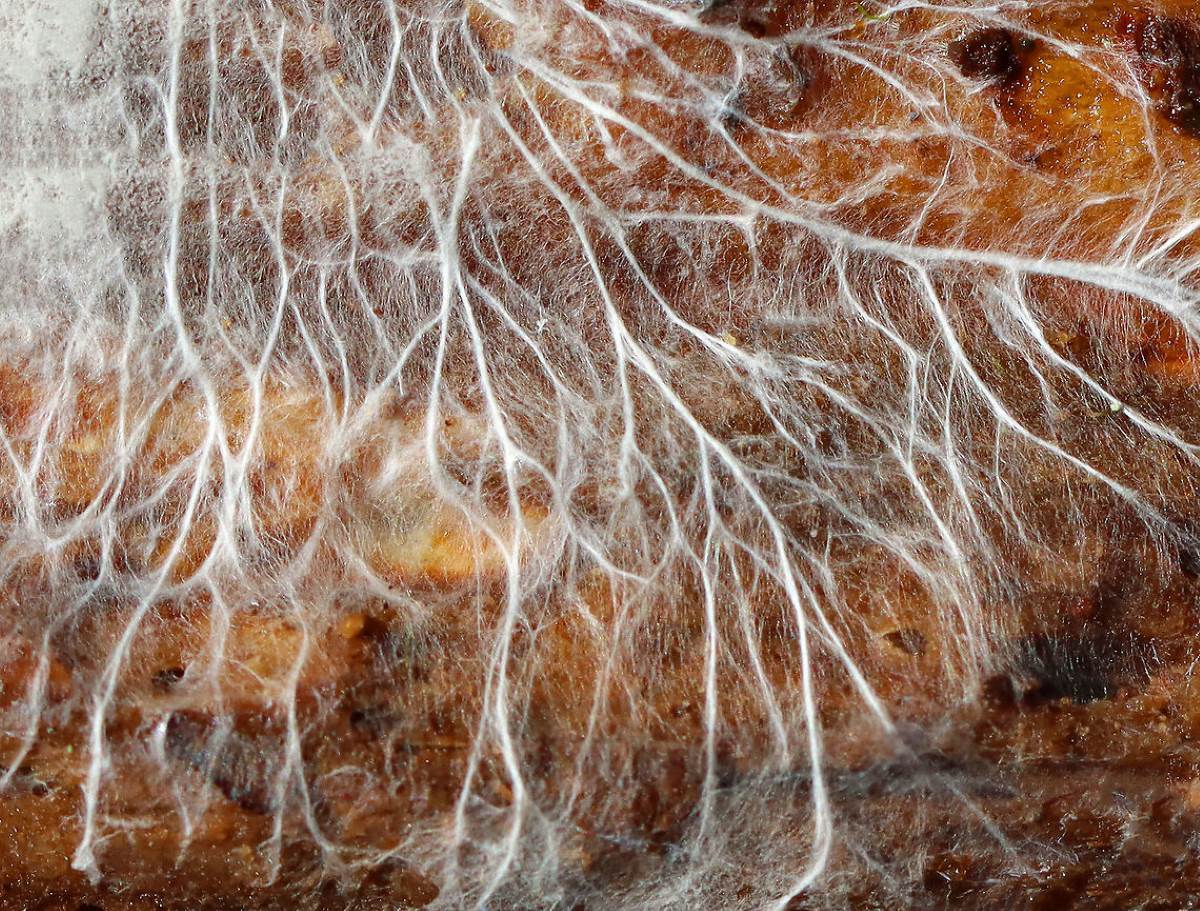
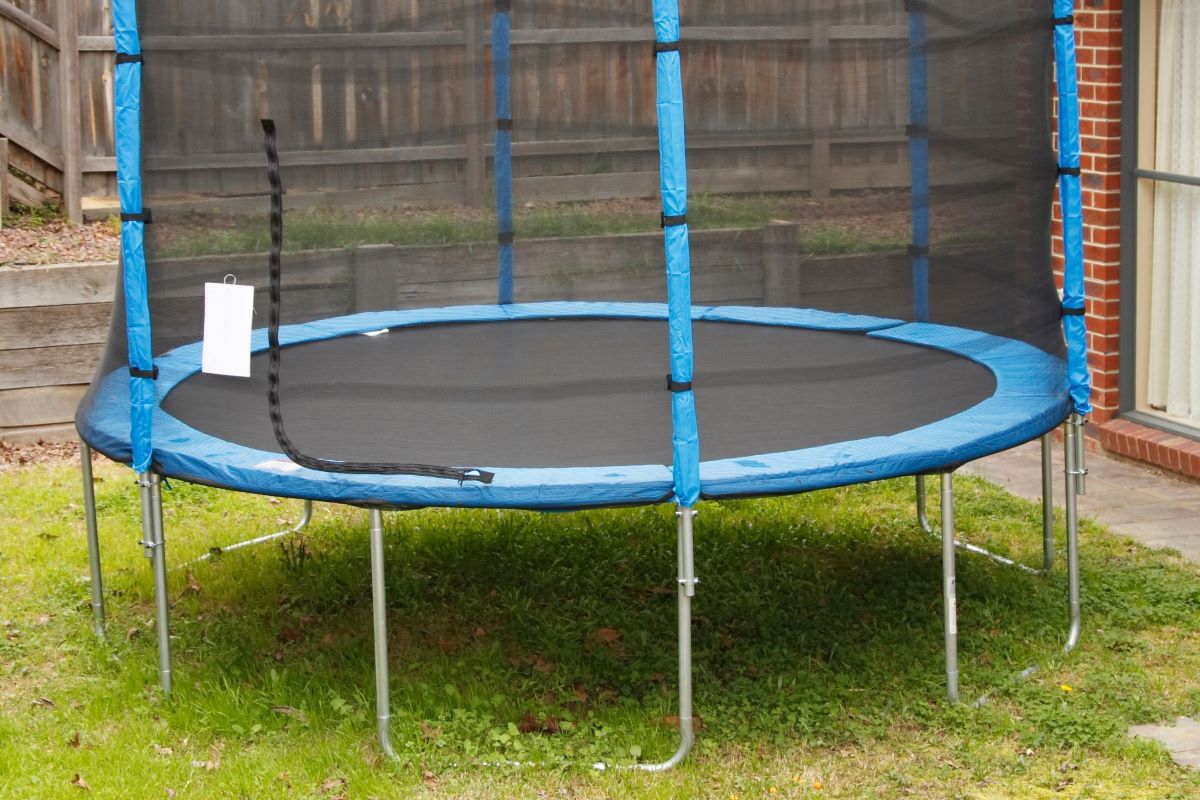

0 thoughts on “How To Store Kohlrabi”